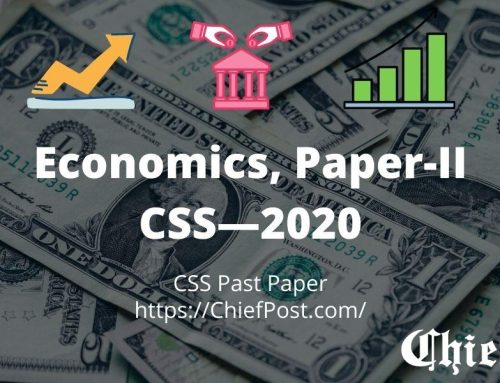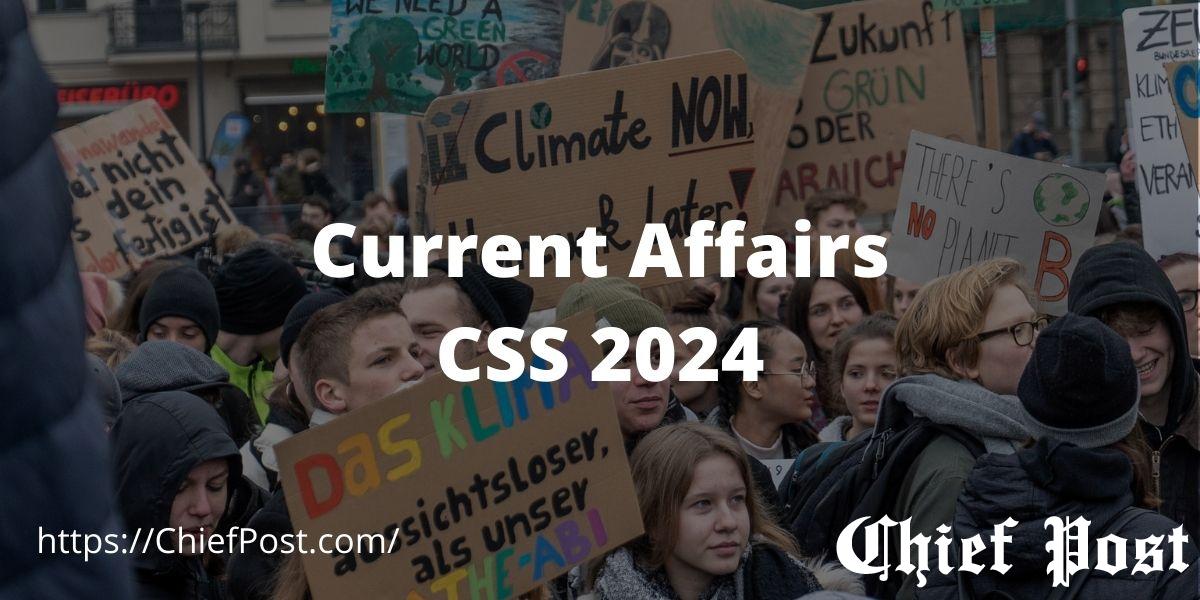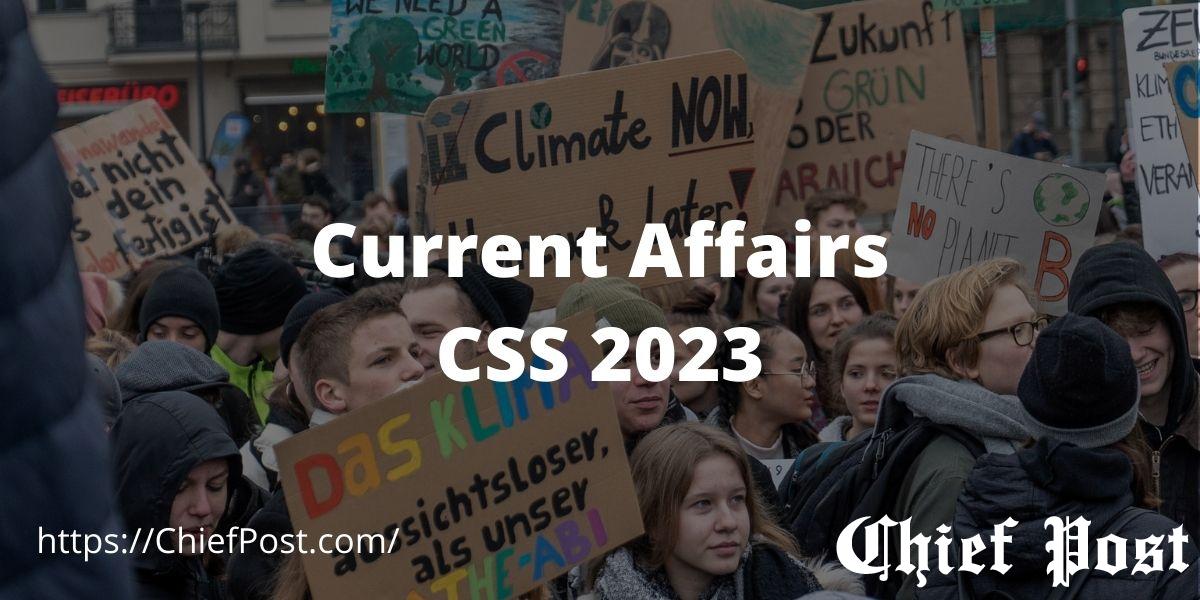
Economics, Paper 1, 2019 — CSS Past Paper
FEDERAL PUBLIC SERVICE COMMISSION
COMPETITIVE EXAMINATION-2019
FOR RECRUITMENT TO POSTS IN BS-17
UNDER THE FEDERAL GOVERNMENT
ECONOMICS, PAPER-I
TIME ALLOWED: THREE HOURS
PART-I(MCQS): MAXIMUM 30 MINUTES
PART-I (MCQS) MAXIMUM MARKS = 20
PART-II MAXIMUM MARKS = 80
NOTE:
- (i) Part-II is to be attempted on the separate Answer Book.
- (ii) Attempt ONLY FOUR questions from PART-II. ALL questions carry EQUAL marks.
- (iii) All the parts (if any) of each Question must be attempted at one place instead of at different places.
- (iv) Candidate must write Q. No. in the Answer Book in accordance with Q. No. in the Q.Paper.
- (v) No Page/Space be left blank between the answers. All the blank pages of Answer Book must be crossed.
- (vi) Extra attempt of any question or any part of the attempted question will not be considered.
PART-II
Q. No. 2.
Use the IS-LM model to discuss the Neutral effect of monetary expansion in the case of open economy. Distinguish between Keynesian and Classical Views on neutrality of money. (20)
Q. No. 3.
What do you understand by Monetary Transmission Mechanism (MTM)? Evaluate and explain at least three different channels of MTM. (20)
Q. No. 4.
What do the slopes of an isoquant line and iso-cost line measure? Describe theoretically and graphically the conditions that are satisfied when a firm has chosen a least cost technique for producing a given output. (20)
Q. No. 5.
What are tariff and nontariff barriers to international trade? Why do countries sometimes restrict international trade? (20)
Q. No. 6.
Extricate among fixed, flexible and managed floating exchange rate regimes. (20)
Q. No. 7.
Describe the underdevelopment trap. Highlight the main ways in which poor countries attempt to overcome their poverty. (20)
Q. No. 8.
Distinguish between any FOUR. (5 each)
a. Comparative advantage and Absolute advantage.
b. Consumer surplus and producer surplus
c. Progressive and regressive taxes
d. Economic growth and economic development
e. Real GNP and nominal GNP
f. Consumer price index and GDP deflator
**********









